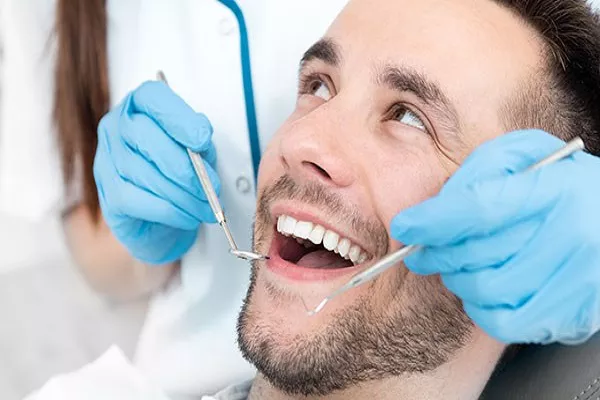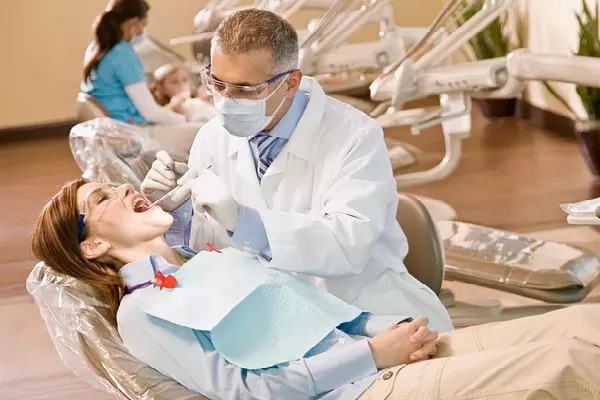Having a perfect smile is something that everyone desires. However, not everyone is blessed with naturally straight teeth. In fact, many people suffer from crooked or misaligned teeth, which can affect their appearance, confidence, and overall health. Fortunately, modern orthodontics offers various treatments to correct dental malocclusions, one of which is aligners for teeth.
Aligners are clear, removable, and custom-made devices that gently shift the teeth into their proper position. They are an excellent alternative to traditional braces, especially for adults who want to straighten their teeth without the metal wires and brackets. In this article, we will explore everything you need to know about aligners for teeth, including how they work, their benefits and drawbacks, and some tips on how to care for them.
How do Aligners for Teeth Work?
Aligners for teeth use the principles of orthodontics to move the teeth gradually into their desired position. The treatment process typically involves the following steps:
-
Consultation
The first step is to consult with an orthodontist or dentist who specializes in aligner therapy. During the consultation, the doctor will examine your teeth, take x-rays, and discuss your goals and expectations for the treatment.
-
Digital Scanning
If you decide to proceed with aligner therapy, the doctor will use a digital scanner to create a 3D model of your teeth. This model will be used to design your custom-made aligners.
-
Treatment Plan
Using the 3D model, the doctor will create a treatment plan that outlines the movement of each tooth over time. You will receive a series of aligners, each designed to move the teeth slightly closer to their final position.
-
Wearing the Aligners
You will wear each set of aligners for about two weeks before switching to the next set. Each new set will apply gentle pressure to the teeth, gradually shifting them into their desired position.
-
Follow-up Appointments
You will need to visit your orthodontist or dentist regularly throughout the treatment process to monitor your progress and ensure that the aligners are working correctly.
Aligners for Teeth
-
Benefits:
Aligners for teeth offer several advantages over traditional braces, including:
- Discreet Appearance: Aligners are virtually invisible, making them an excellent choice for adults who don’t want to draw attention to their orthodontic treatment.
- Comfortable: Aligners are made from a smooth, comfortable material that won’t irritate your gums or cheeks like metal braces can.
- Removable: Unlike braces, you can remove your aligners when eating, drinking, brushing, and flossing. This makes it easier to maintain good oral hygiene throughout the treatment process.
- Effective: Aligners are effective at correcting many types of dental malocclusions, including crowded teeth, gaps between teeth, and bite issues.
-
Drawbacks:
While aligners for teeth have many benefits, they also have some drawbacks to consider, such as:
- Discipline: Wearing aligners requires discipline and dedication. You must wear them for at least 22 hours per day to achieve the desired results.
- Cost: Aligners can be more expensive than traditional braces, depending on the complexity of your case and your location.
- Technology Limitations: Aligners may not be suitable for severe dental malocclusions that require more extensive orthodontic treatment.
Tips for Caring for Your Aligners
Here are some general tips for caring for your aligners:
-
Brush and floss regularly
It is important to maintain good oral hygiene while wearing aligners. Brush and floss your teeth after every meal or snack, and before putting your aligners back in your mouth.
-
Rinse with warm water
Rinse your aligners with warm water every time you remove them. Avoid using hot water as it can warp the aligners.
-
Soak in cleaning solution
Soak your aligners at least once a day in a cleaning solution recommended by your orthodontist or dentist. This helps to remove any bacteria or buildup on the aligners.
-
Keep them safe
Always keep your aligners in their case when not in use, and avoid leaving them exposed to heat or sunlight.
-
Don’t eat or drink with them in
Avoid eating or drinking anything other than water while wearing your aligners. Food and beverages can stain or damage the aligners.
-
Check for damage
Regularly check your aligners for any signs of damage, such as cracks or chips. If you notice any issues, contact your orthodontist or dentist immediately.
Aligners for teeth are a popular and effective orthodontic treatment that can help you achieve a straighter, healthier smile. They offer many benefits over traditional braces, including discreet appearance, comfort, and removability. However, they also require discipline, cost more, and may not be suitable for all cases. To ensure the best results, follow your doctor’s instructions and take good care of your aligners throughout the treatment process.
Recommended reading:
































